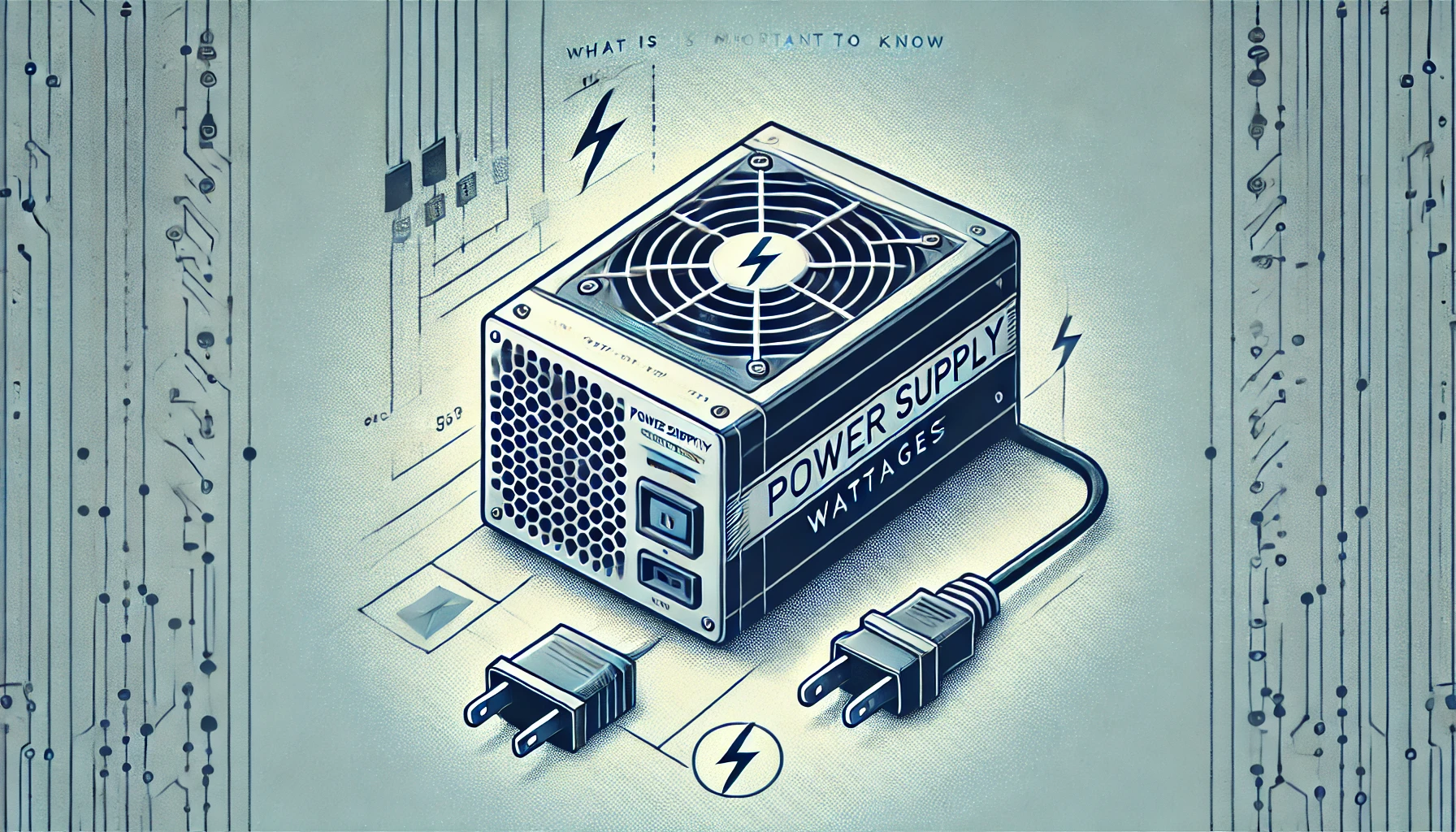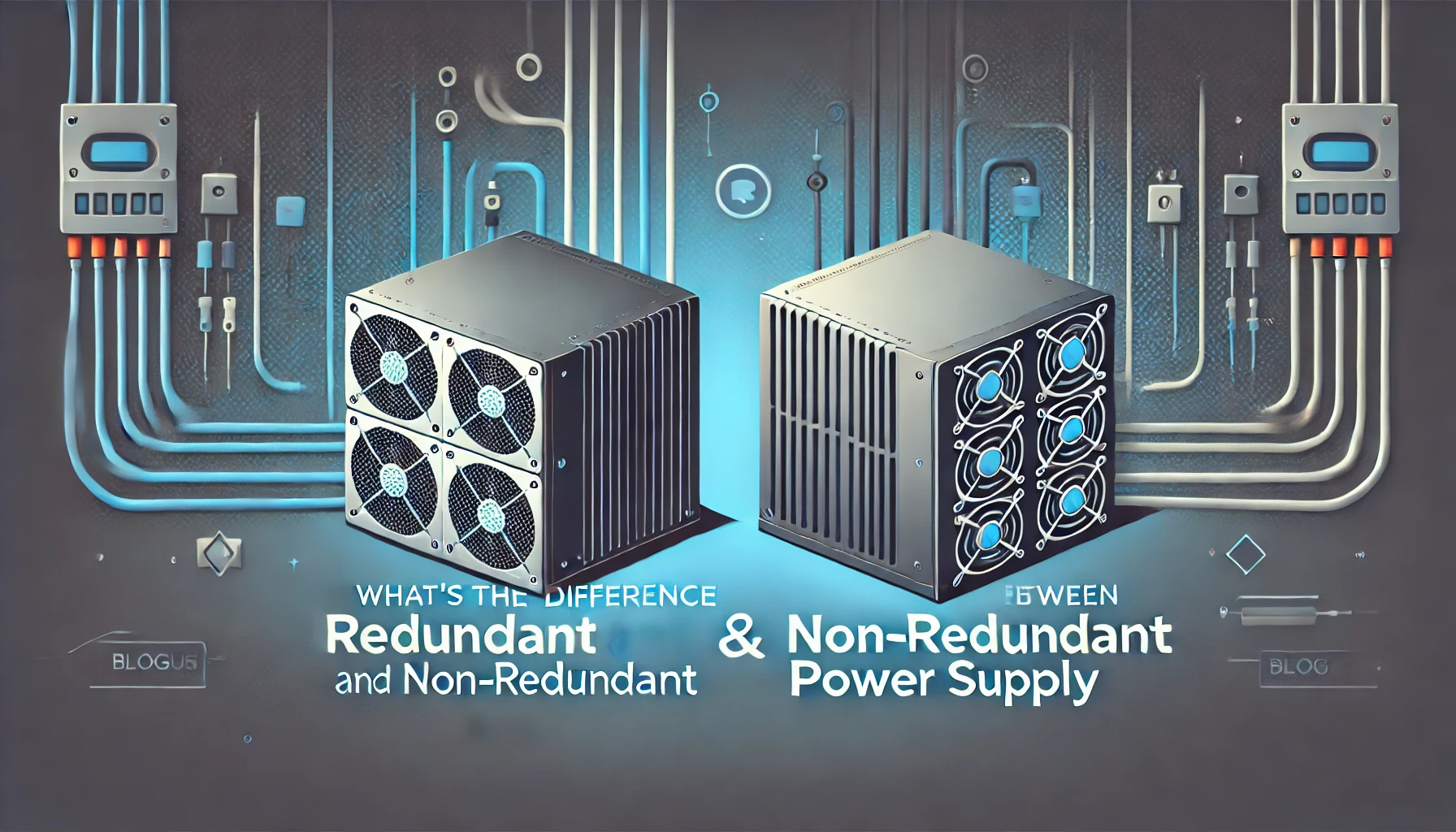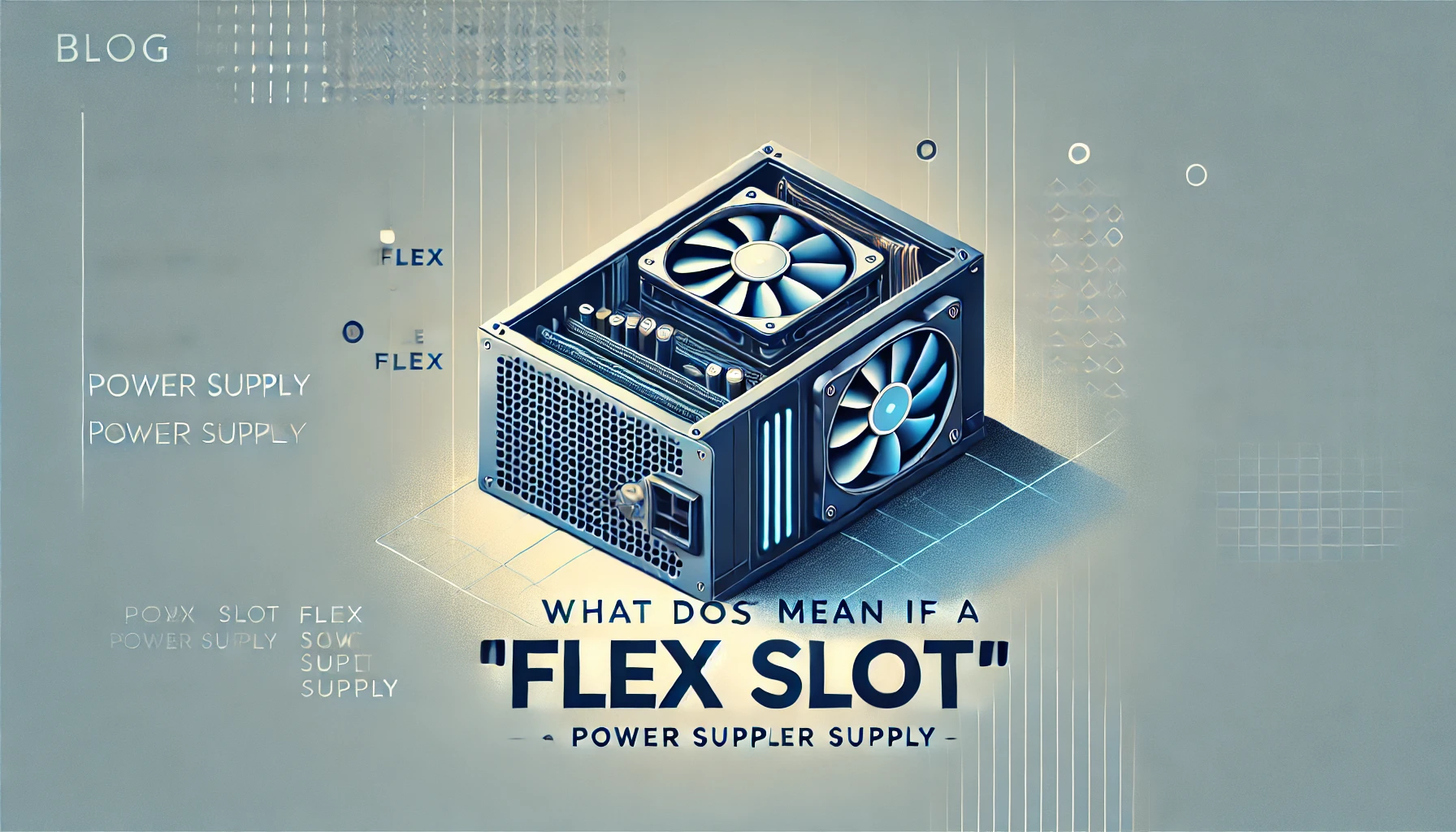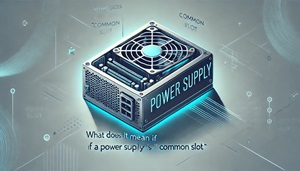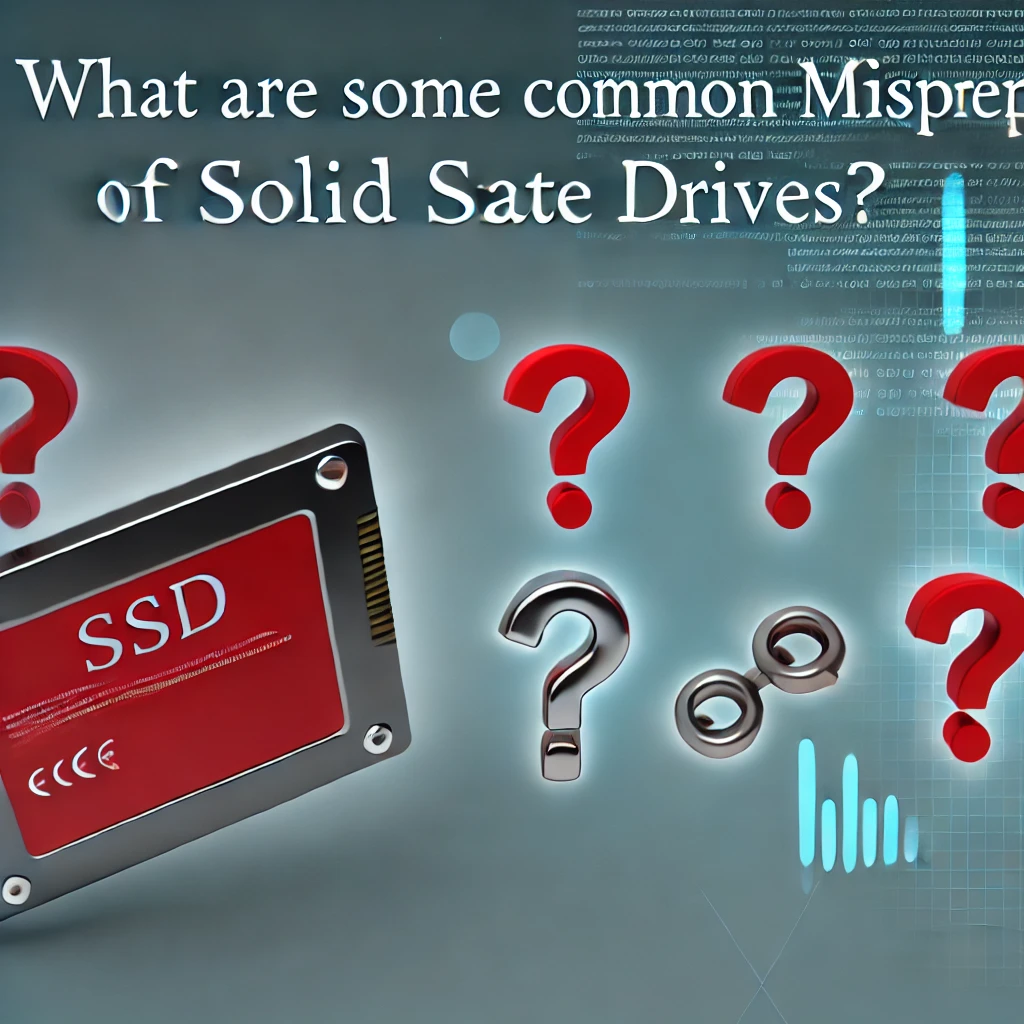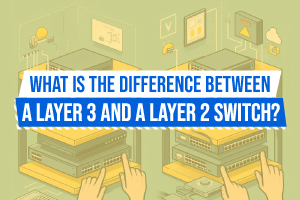What are the common data transfer rates for SFPs?
In today's interconnected world, data transfer rates play a crucial role in the performance and efficiency of network infrastructure. When it comes to Small Form-Factor Pluggables (SFPs), understanding their common data transfer rates is essential for optimizing network connectivity. In this article, we will delve into the details of SFP data transfer rates, covering a wide range of topics including SFP+ speeds, fiber optic transmission rates, and their compatibility with different network devices.
What are SFPs?
Before we explore the common data transfer rates for SFPs, let's briefly understand what SFPs are. Small Form-Factor Pluggables, often referred to as SFPs or Mini-GBICs (Gigabit Interface Converters), are compact, hot-pluggable transceiver modules used in networking applications. These modules provide the ability to transmit and receive data over various network media, including copper and fiber optic cables. SFPs are commonly used in switches, routers, and network interface cards (NICs).
What are the Common Data Transfer Rates for SFPs?
SFPs support different data transfer rates, depending on the type and specifications of the module. The most common data transfer rates for SFPs include:
- 1000BASE-T
1000BASE-T, also known as Gigabit Ethernet, is a popular data transfer rate for SFPs. It provides a maximum data rate of 1 gigabit per second (Gbps) and operates over twisted-pair copper cables. This data rate is suitable for a wide range of network applications, including enterprise networks, data centers, and high-speed internet connections. - 10GBASE-T
For higher bandwidth requirements, 10GBASE-T SFPs offer data transfer rates of 10 Gbps. These modules use enhanced twisted-pair copper cables to achieve higher speeds while maintaining backward compatibility with existing infrastructure. 10GBASE-T SFPs are commonly used in data centers, server farms, and other demanding network environments. - 10G SFP+
10G SFP+ modules provide data transfer rates of 10 Gbps, making them suitable for high-performance networks. These modules support both fiber optic and copper cabling, offering flexibility in network design. 10G SFP+ modules are widely used in enterprise networks, storage area networks (SANs), and telecommunications applications. - 25G SFP28
25G SFP28 modules deliver data transfer rates of 25 Gbps, providing increased bandwidth for demanding network requirements. These modules are commonly used in data centers, cloud computing, and high-performance computing (HPC) environments. 25G SFP28 modules utilize single-lane 25 Gbps signaling, enabling efficient and cost-effective network upgrades. - 40G QSFP+
For ultra-high-speed networking, 40G QSFP+ modules offer data transfer rates of 40 Gbps. These modules support both fiber optic and copper cabling, making them versatile for various network configurations. 40G QSFP+ modules are commonly used in data centers, high-performance computing, and backbone networks. - 100G QSFP28
100G QSFP28 modules provide blazing-fast data transfer rates of 100 Gbps. These modules are designed for high-speed network backbones, data centers, and telecommunications applications where large amounts of data need to be transmitted quickly. 100G QSFP28 modules use advanced modulation techniques to achieve high-speed transmission over fiber optic cables. - 400G QSFP-DD
As network demands continue to grow, 400G QSFP-DD modules have emerged to meet the need for even higher data transfer rates. These modules offer speeds of 400 Gbps, enabling ultra-fast communication and data exchange. 400G QSFP-DD modules are used in cutting-edge data centers, cloud computing, and high-performance networking environments. - 1G SFP
While higher data transfer rates have become increasingly common, 1G SFP modules still play a vital role in many network deployments. These modules offer a data transfer rate of 1 Gbps and are often used in legacy systems, small-scale networks, and applications where lower bandwidth requirements exist. - 100M SFP
For network environments with lower bandwidth demands, 100M SFP modules provide a data transfer rate of 100 Mbps. These modules are suitable for applications such as office networks, small businesses, and IoT (Internet of Things) devices where high-speed communication is not a primary requirement. - Multi-Rate SFPs
Multi-Rate SFPs are versatile modules that support multiple data transfer rates, allowing for flexibility in network configurations. These modules can adapt to different speed requirements, ranging from 1 Gbps to 10 Gbps or even higher. Multi-Rate SFPs are commonly used in scenarios where network upgrades or mixed-speed environments are present.
Fiber Optic Transmission Rates for SFPs
In addition to copper-based SFPs, fiber optic SFPs provide an alternative solution for long-distance and high-speed data transmission. Fiber optic cables offer significant advantages in terms of bandwidth, distance, and immunity to electromagnetic interference. Let's explore the common fiber optic transmission rates for SFPs:
- 1000BASE-SX
1000BASE-SX is a fiber optic transmission rate commonly used with SFPs. It operates at a wavelength of 850 nm and provides a data transfer rate of 1 Gbps over multi-mode fiber optic cables. 1000BASE-SX SFPs are ideal for short-range applications within data centers and local area networks (LANs). - 1000BASE-LX
For longer reach, 1000BASE-LX SFPs utilize a wavelength of 1310 nm and support data transfer rates of 1 Gbps. These modules are compatible with both single-mode and multi-mode fiber optic cables, making them versatile for various network deployments. 1000BASE-LX SFPs are often used in campus networks, metropolitan area networks (MANs), and telecommunications applications. - 10GBASE-SR
10GBASE-SR SFPs enable high-speed data transmission at rates of 10 Gbps over multi-mode fiber optic cables. These modules operate at a wavelength of 850 nm and are commonly used in data centers and enterprise networks where short to medium reach is required. - 10GBASE-LR
When longer reach is necessary, 10GBASE-LR SFPs provide data transfer rates of 10 Gbps over single-mode fiber optic cables. These modules operate at a wavelength of 1310 nm and are suitable for applications where data needs to be transmitted over extended distances. - 25GBASE-SR
25GBASE-SR SFPs offer high-speed transmission at rates of 25 Gbps over multi-mode fiber optic cables. These modules use a wavelength of 850 nm and are commonly used in data centers and high-performance computing environments wherefast and reliable communication is essential. - 25GBASE-LR
For longer distances, 25GBASE-LR SFPs provide data transfer rates of 25 Gbps over single-mode fiber optic cables. These modules operate at a wavelength of 1310 nm and are suitable for applications that require high-speed transmission over extended reach. - 40GBASE-SR4
40GBASE-SR4 SFPs deliver data transfer rates of 40 Gbps over multi-mode fiber optic cables. These modules utilize four parallel optical channels, each operating at a wavelength of 850 nm. 40GBASE-SR4 SFPs are commonly used in data centers and high-performance computing environments that demand high bandwidth connectivity. - 40GBASE-LR4
When long-range transmission is required, 40GBASE-LR4 SFPs provide data transfer rates of 40 Gbps over single-mode fiber optic cables. These modules use four wavelengths at 1310 nm and are suitable for applications that need high-speed communication over extended distances. - 100GBASE-SR4
100GBASE-SR4 SFPs offer blazing-fast data transfer rates of 100 Gbps over multi-mode fiber optic cables. These modules utilize four parallel optical channels, each operating at a wavelength of 850 nm. 100GBASE-SR4 SFPs are widely used in data centers and high-performance computing environments that require ultra-high-speed connectivity. - 100GBASE-LR4
For long-range transmission at 100 Gbps, 100GBASE-LR4 SFPs are the ideal choice. These modules use four wavelengths at 1310 nm and support transmission over single-mode fiber optic cables. 100GBASE-LR4 SFPs are commonly used in applications where high-speed, long-distance communication is essential, such as telecommunications and inter-data center connections.
Compatibility with Network Devices
SFPs are designed to be compatible with various network devices, providing flexibility in network deployments and upgrades. Let's explore the compatibility of SFPs with different network devices:
- Switches
SFPs are widely used in switches to provide high-speed connectivity options. Switches with SFP slots allow for the insertion of SFP modules, enabling the transmission of data over different media types. Whether it's copper or fiber optic cables, SFPs offer the flexibility to connect switches to various network devices, servers, or other switches. - Routers
Routers play a crucial role in network connectivity and routing data packets between different networks. SFPs are compatible with routers, allowing for the expansion of interface options and the ability to connect routers to different types of network media. Whether it's establishing connections over copper or fiber optic cables, SFPs provide the necessary versatility for routers to communicate effectively. - Network Interface Cards (NICs)
SFPs can be used with Network Interface Cards (NICs) to provide high-speed connectivity options for servers and workstations. By inserting SFP modules into the NIC slots, servers can establish connections over different media types, enabling efficient data transfer between network devices. - Media Converters
Media converters facilitate the conversion of data signals between different types of network media. SFPs can be used in media converters to convert signals from copper to fiber optic or vice versa. This allows for seamless integration of different media types in network deployments. - Firewalls
Firewalls are essential for network security, and SFPs can be used with firewall devices to provide versatile connectivity options. By utilizing SFP modules, firewalls can establish high-speed connections over different media types, ensuring secure data transmission andprotecting networks from unauthorized access. - Storage Devices
SFPs are also compatible with storage devices, such as storage area network (SAN) switches and Network Attached Storage (NAS) systems. By using SFP modules, storage devices can achieve high-speed data transfer rates and seamless connectivity with other network components. - Wireless Access Points
Wireless access points (WAPs) can benefit from the compatibility of SFPs, enabling high-speed connectivity options. By using SFP modules, WAPs can establish connections over different media types, including fiber optic cables, for reliable and efficient wireless network access. - Network Load Balancers
SFPs can be used in network load balancers to distribute network traffic across multiple servers or devices. By utilizing SFP modules, load balancers can ensure efficient and reliable data transfer, optimizing network performance and avoiding bottlenecks. - Telecom Equipment
Telecommunication equipment, such as switches and routers used in telecommunications networks, can leverage the compatibility of SFPs. By incorporating SFP modules, telecom equipment can achieve high-speed data transfer rates and support various media types for reliable communication. - Industrial Networking Devices
In industrial networking environments, where ruggedness and reliability are crucial, SFPs can be used with industrial switches, routers, and other devices. By utilizing SFP modules, industrial networking devices can provide high-speed connectivity options over copper or fiber optic cables, meeting the demanding requirements of industrial applications.
Frequently Asked Questions (FAQs)
- Can I mix different data transfer rates of SFPs in the same network?
Absolutely! SFPs offer the flexibility to mix different data transfer rates within the same network. This allows for scalability and the ability to accommodate varying bandwidth requirements. - Are SFPs hot-swappable?
Yes, SFPs are hot-swappable, which means they can be inserted or removed from a device without shutting down the system. This feature allows for easy maintenance and network upgrades. - Can SFPs be used with both single-mode and multi-mode fiber optic cables?
Yes, depending on the specific SFP module, they can be used with both single-mode and multi-mode fiber optic cables. It's essential to select the appropriate SFP module based on the intended fiber optic cable type. - Are SFP modules compatible with older networking equipment?
Yes, SFP modules are designed to be backward-compatible, allowing them to work with older networking equipment that supports SFP technology. This compatibility ensures seamless integration with existing infrastructure. - Can SFPs be used for long-distance communication?
Yes, SFPs can support long-distance communication by utilizing single-mode fiber optic cables. Modules such as 1000BASE-LX, 10GBASE-LR, and their higher-speed counterparts are specifically designed for long-range connectivity. - Are SFPs standardized?
Yes, SFPs follow industry standards defined by organizations such as the Small Form Factor Committee (SFF Committee) and the Multi-Source Agreement (MSA). These standards ensure compatibility and interoperability among different manufacturers' SFP modules.
Understanding the common data transfer rates for SFPs is crucial for network professionals and enthusiasts alike. From 1 Gbps to 400 Gbps and beyond, SFPs provide a wide range of options to meet various bandwidth requirements. Whether it's copper or fiber optic cables, SFPs offer versatility and compatibility with different network devices, enabling seamless connectivity and efficient data transfer. By staying informed about SFP data transfer rates, you can make informed decisions when it comes to optimizing your network infrastructure. networking requirements. The selection of the appropriate data transfer rate depends on factors such as the network infrastructure, application demands, and equipment compatibility.
